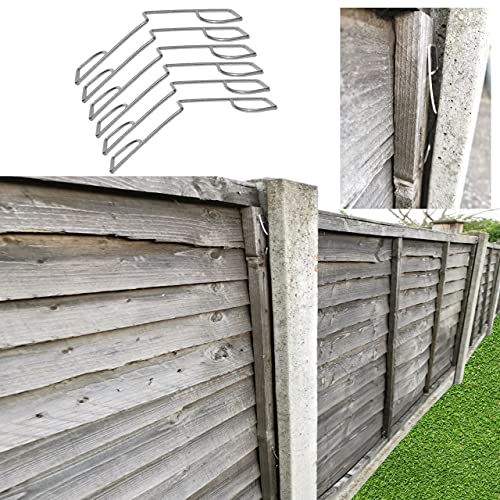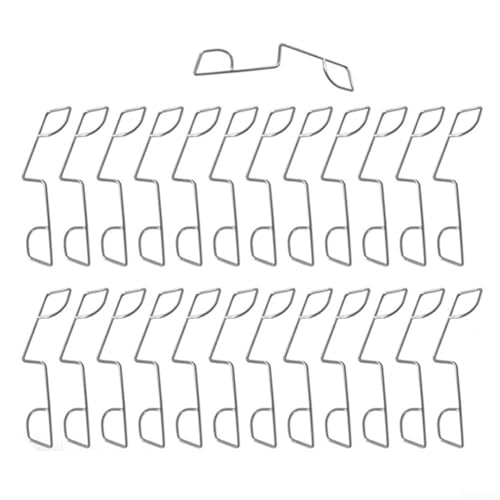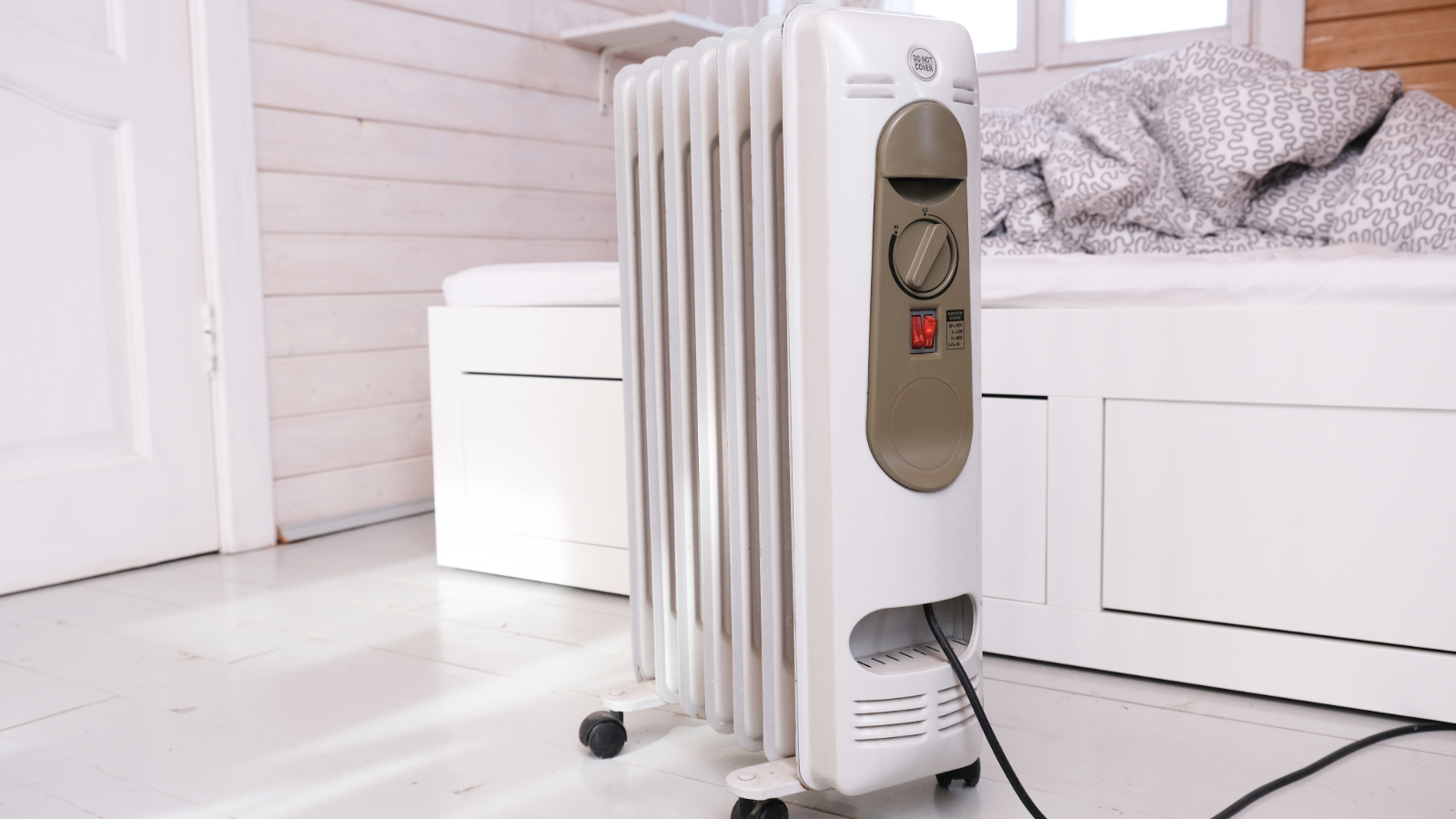Wind causing fence panels to rattle? These clever attachments that anyone can fit can instantly mute that annoying sound
Thankfully, in most cases, the best method for how to stop fence panels rattling is an easy fix
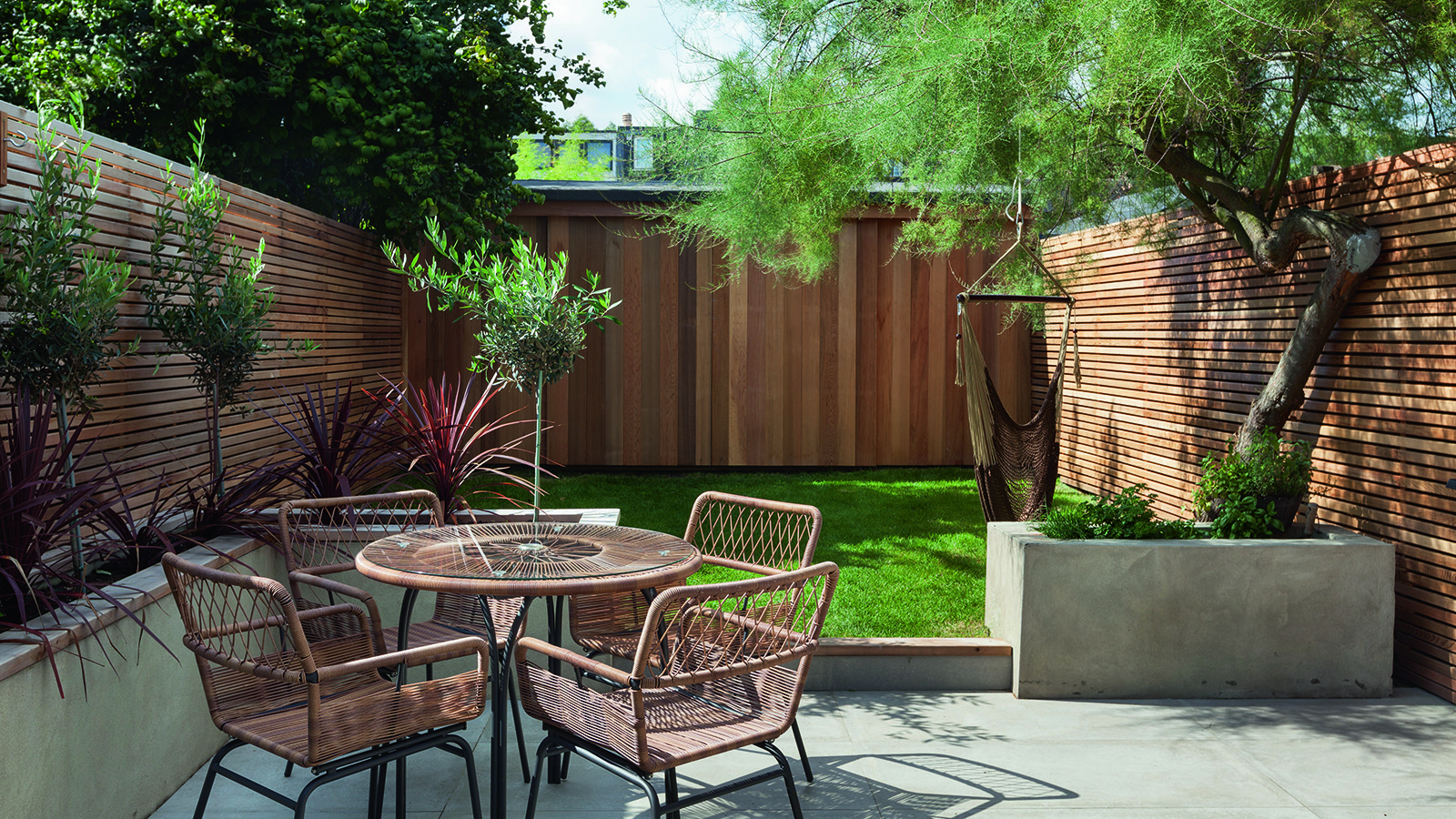
How to stop fence panels rattling can thankfully require only a very simple solution, using specially designed products such as fence clips or wedges.
These can be easily installed without the need for tools and will instantly cushion the gap between fence panels and posts, which is what causes the rattling noise when the wind blows.
For more serious cases, as outlined below, more substantial wind damage may mean you need to replace a fence panel or realign a post.
1. Fence panel wedges
“Fence panel wedges are typically the most popular solution to prevent your fence panels from rattling. These are designed to minimise movement by filling the gap between the fence panels and post," says Building expert Mark Irving, from Build & Plumb.
We like Homemate Fix-a-Fence™ - Pack of 20 Fence Wedges available at B&Q as a cheaper solution to fence repair costs.
"To install fence panel wedges, start by identifying the gap between the fence panel and post that is causing the rattling. Push the wedge in the gap as far as possible and then use a hammer to ensure a tight fit."
"Usually, three or four wedges should be used to limit movement between the fence panels and posts. Due to the expansion and contraction of the fence over time, you may want to consider replacing the wedges once a year to ensure that they remain effective," finishes Mark.
Bring your dream home to life with expert advice, how to guides and design inspiration. Sign up for our newsletter and get two free tickets to a Homebuilding & Renovating Show near you.


Mark has over 20 years of experience in the building sector and now oversees Build and Plumb's multi-million-pound operation.
2. Anti-rattle fence clips
These come in stainless steel or plastic designs, which clip in place on either side of a concreted fence post and are designed to hold the fence panels firmly in place without a gap. They act as a stopper for any rattling that might occur when the wind blows.
An incredibly simple to fit solution, as no tools are required. Clips should have a spring to them, meaning they will automatically size themselves to fit snugly in the gap between the panel and post.
Shop fence panel clips
3. Fence panel security brackets
“Wobbly fence panels are a common occurrence, especially after exposure to strong winds and rain. To secure a fence panel you can use metal fence brackets, these typically come in a U-shape and are placed on fence posts and attached to panels using screws. This helps to attach the panel securely onto the fence post to prevent wobbling," says Mark Irving
We like these fence panel security brackets at B&Q. That being said, if you notice that your fence panel has significant damage, like signs of wood rot or warping, it may be time to consider how to put up a new fence.
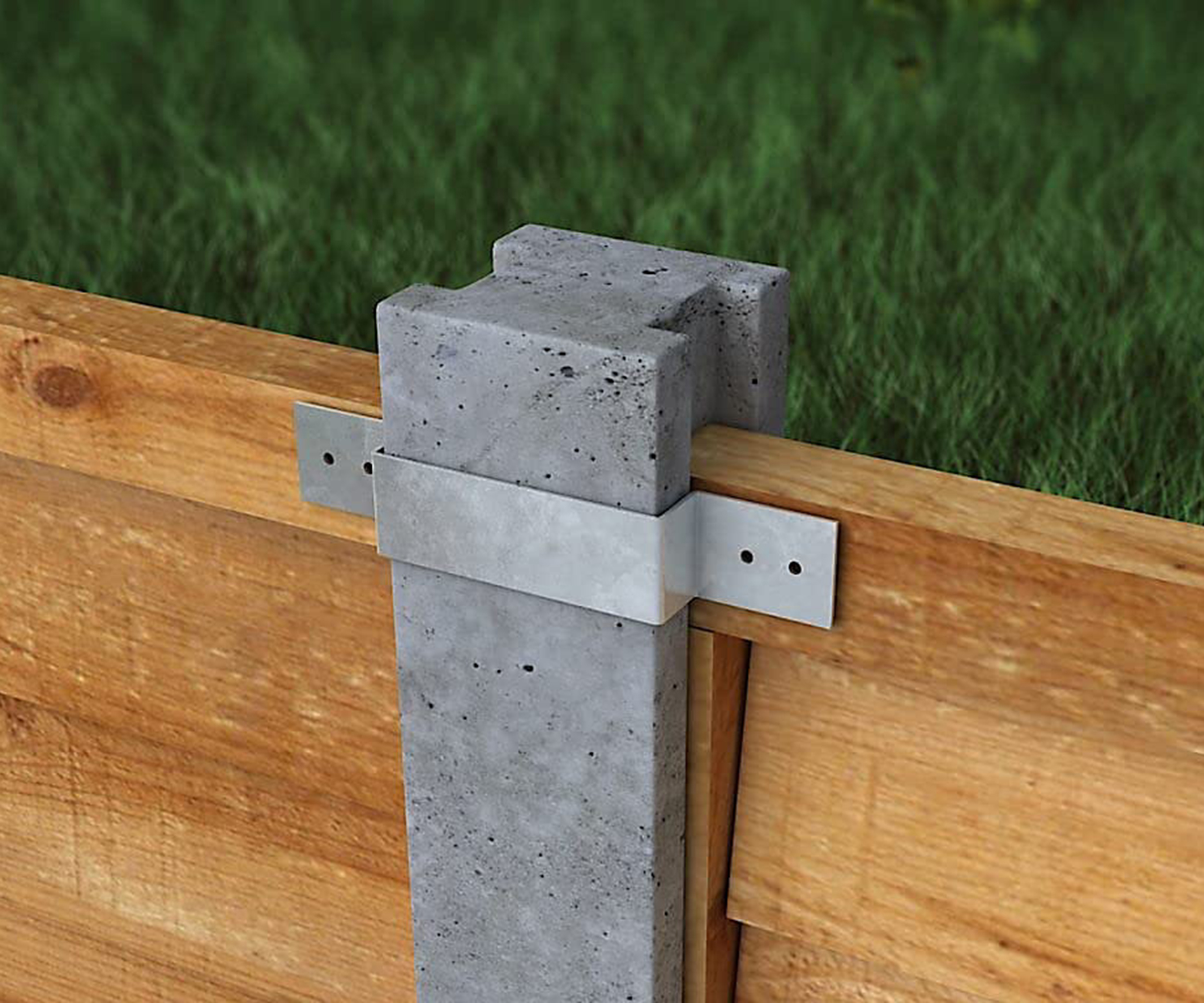
4. Replace and secure your posts
When a fence is rattling consistently, you may have to consider the structural issues it can cause to the boundary of your property.
According to Dave Sayce, co-founder and managing director of home moving comparison site Compare My Move, moving fences can loosen the ground that the fence is set in or the holding posts that the fence is attached to.
"If you then notice that the posts attached to your fence panelling are misaligned or are moving in the ground easily, this can be a sign that you need to replace and secure your fencing. Another sign you need to replace your fence panelling would be if it is bowing in a certain direction, usually due to wind," says David.

Co-founder and managing director of home moving comparison site Compare My Move
5. Create a 'wind break'
“Fences can be particularly vulnerable in extreme weather, and unsecured ones are at a massive risk of being damaged or blown away. To avoid this, before the strong weather kicks in, conduct fence maintenance checks and look for posts that are wobbly or unsecured," says Jimmy Englezos, DIY Expert and Senior Brand Manager at Ronseal.
As a way to limit the impact of strong winds on your fence, Jimmy suggests popping some decorative holes in the fence.
"Try a diamond pattern to cut the wind and put less strain on your panel and posts, and place hedges or tall trees on the upwind side of the fence to create a windbreak," he says.

Jimmy is the Senior Brand Manager at Ronseal, the UK's number one woodcare brand. Jimmy regularly provides insights on decorating and general woodcare projects.
If you have consistent issues with fencing, you may wish to consider opting for a different kind of boundary. See our guide comparing hedge vs fence.

Teresa was part of a team that launched Easy Gardens in 2018 and worked as the Editor on this magazine. She has extensive experience writing and editing content on gardens and landscaping on brands such as Homes & Gardens, Country Homes & Interiors and Living Etc magazine. She has developed close working relationships with top landscape architects and leading industry experts, and has been exposed to an array of rich content and expertise.
In 2020 Teresa bought her first home. She and her partner worked alongside architects and builders to transform the downstairs area of her two bedroom Victorian house in north London into a usable space for her family. Along the way she learned the stresses, woes and joys of home renovation, and is now looking to her next project, landscaping the back garden.
